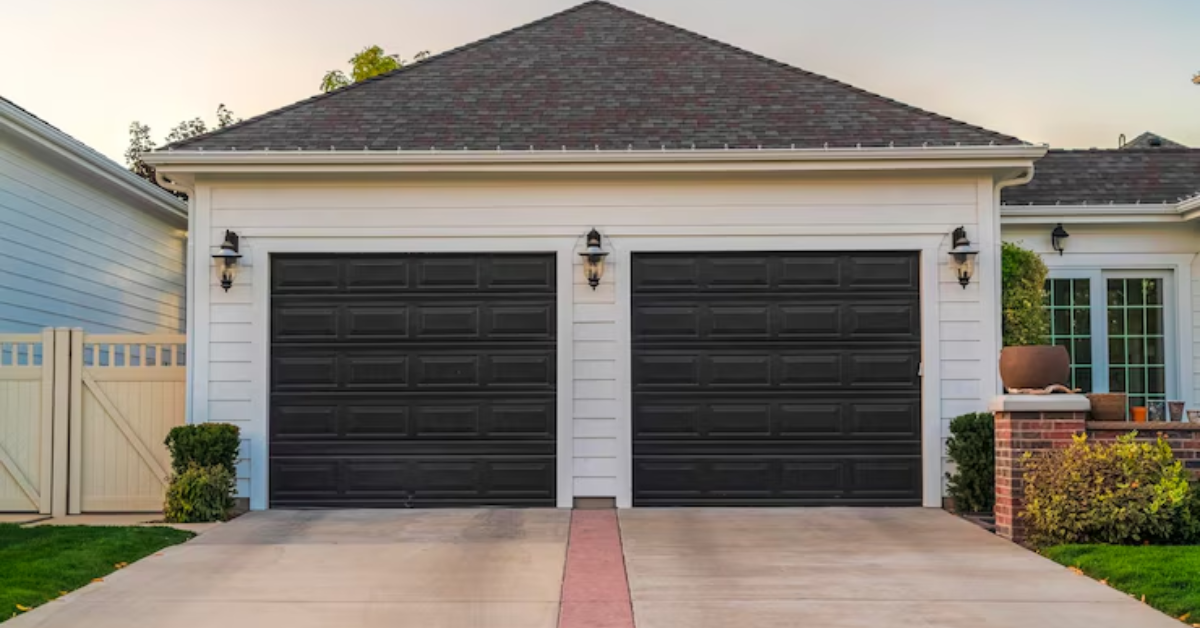Are High-Speed Garage Doors Safe?
High-speed garage doors are becoming increasingly popular in both residential and commercial settings. Their ability to open and close rapidly makes them ideal for improving traffic flow, energy efficiency, and security. But as their usage becomes more common, one critical question remains: Are high-speed garage doors safe?
If you're considering installing a high-speed door in your home or facility, understanding the essential safety features is a must. In this article, we’ll break down the top safety components you should look for to ensure maximum protection and peace of mind.
Why Safety Is Essential in High-Speed Garage Doors
Unlike traditional garage doors, high-speed doors operate much faster, often opening at speeds of 24 inches per second or more. This speed reduces wait times and improves operational efficiency, especially in high-traffic environments. However, without the proper safety features, fast-moving doors can pose serious risks to people, vehicles, and equipment.
Whether you're running a warehouse or just looking for a sleek, efficient option for your home, safety should be your top priority when selecting a high-speed garage door.
Key Safety Features to Look For
To ensure that your high-speed door is safe, reliable, and compliant with industry standards, keep an eye out for the following safety features:
1. Safety Sensors
Safety sensors are a must-have in any modern garage door. These infrared or photo-eye sensors detect obstacles in the path of the door and prevent it from closing on a person or object. In high-speed systems, the reaction time of these sensors needs to be especially fast to match the door's speed.
2. Soft Bottom Edge or Safety Edge
Many high-speed doors come with a soft bottom edge that acts as a cushion in case of contact. Others may feature a pressure-sensitive safety edge that automatically stops and reverses the door if it touches something. This significantly reduces the risk of injury or damage.
3. Automatic Reversing Mechanism
If something is detected in the door’s path, an automatic reversing mechanism ensures the door retracts immediately. This feature is critical not just for safety, but also for preventing unnecessary wear and tear on the door system.
4. Manual Override System
In the event of a power outage or malfunction, a manual override lets you open or close the door safely. This ensures that the door remains functional and doesn’t trap people or vehicles inside.
5. Wind Resistance and Structural Integrity
High-speed doors should be constructed from durable materials that can withstand strong winds and frequent use. Look for doors rated for your specific wind load requirements, especially in storm-prone areas.
Are High-Speed Garage Doors Safe for Homes?
Absolutely. While high-speed garage doors are more commonly seen in industrial settings, many modern residential homes are adopting them for convenience and design. When installed correctly and equipped with proper safety features, they are just as safe—if not safer—than traditional doors.
Homeowners particularly benefit from:
- Faster entry and exit.
- Enhanced security with rapid closing.
- Quieter operation with soft start/stop technology.
Just ensure that the door you choose is designed for residential use and installed by a certified professional.
Maintenance Matters
Even the most advanced safety features can fail without regular maintenance. Schedule routine inspections to check for sensor alignment, lubrication needs, wear on the safety edge, and any electrical issues. Many safety concerns can be avoided with proactive servicing by a garage door specialist.
Choosing the Right Installer
The safety of your high-speed garage door also depends on the quality of its installation. Work with a certified garage door installer who understands local building codes and safety regulations. A professional will ensure:
- Proper sensor calibration.
- Correct speed settings.
- Integration with existing security systems.
Always ask about post-installation support and maintenance packages to keep your door operating safely and smoothly.
Final Thoughts
So, are high-speed garage doors safe? Yes—when equipped with the right safety features and maintained regularly, they offer a safe, efficient, and modern solution for both homes and businesses. By investing in a high-quality door system and ensuring it includes essential safety components like sensors, reversing mechanisms, and manual overrides, you can enjoy the convenience of speed without compromising on protection.
Whether you're upgrading your garage or managing a commercial facility, take the time to research and choose a high-speed garage door that puts safety first. It’s an investment in performance, security, and—most importantly—peace of mind.




